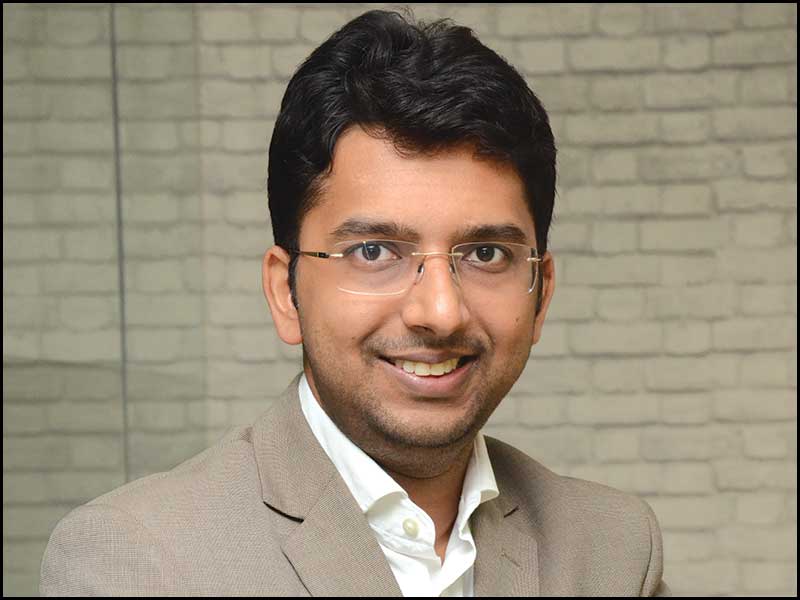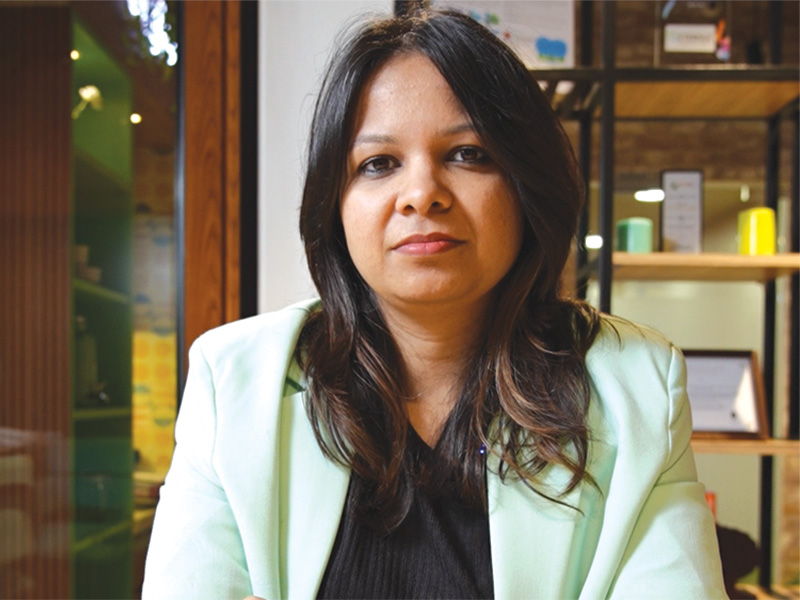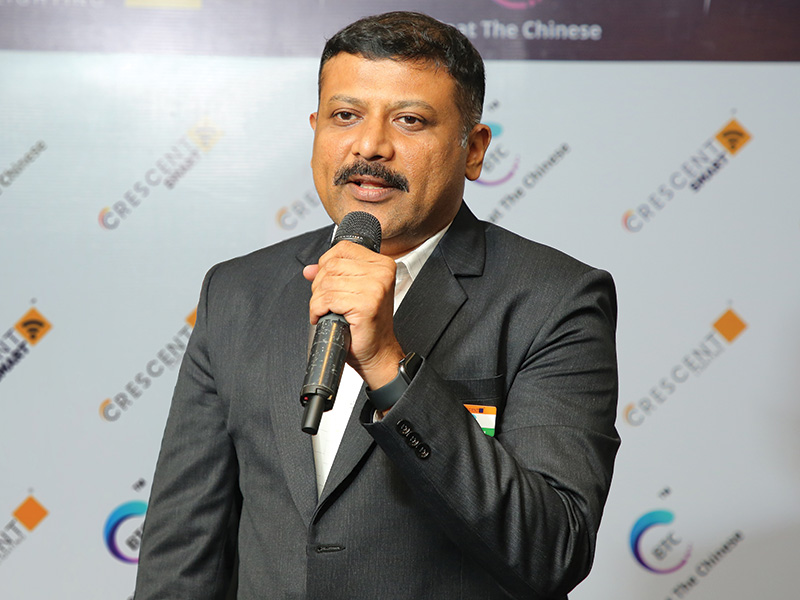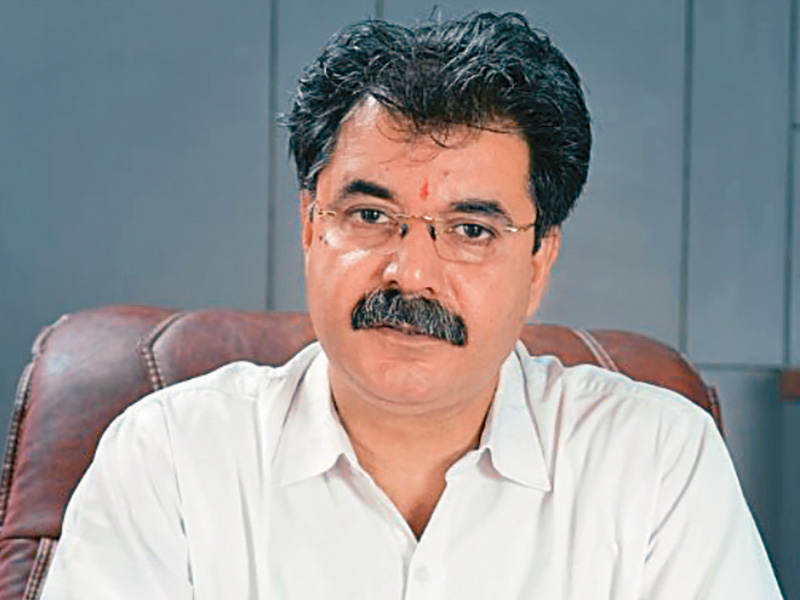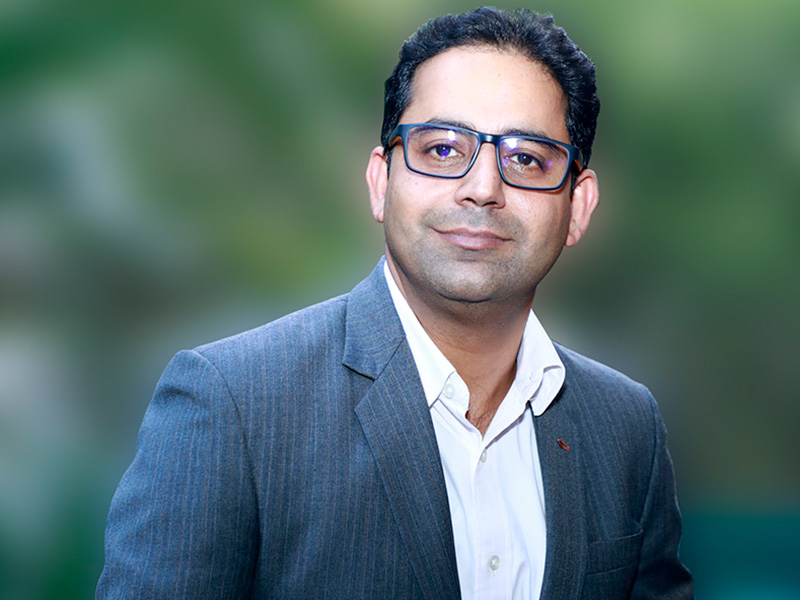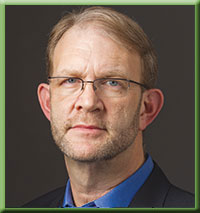
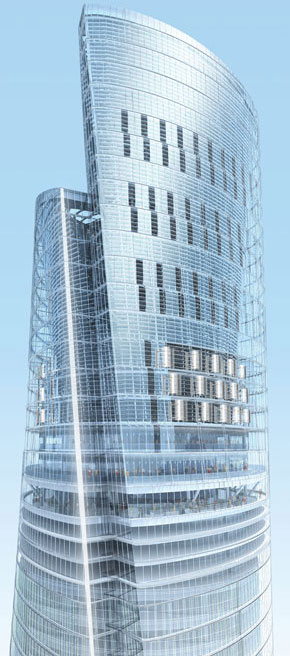
Sustainability is at the core of how Autodesk operates and what our technology enables our customers to achieve. Some of the biggest challenges facing the world today are inherently problems of design. Whether focused on resource-depletion; climate change; increasing population; or growing urbanization, these challenges cut across industries and continents, and they are infinitely complex. So those addressing these problems—engineers, designers, and architects—need tools to help them integrate sustainability into their designs, and to estimate the environmental impacts of each of their design decisions. Autodesk has set out to make sustainable design easy, insightful, and cost-effective.
Please tell us in brief about your green design products available in the Indian market used to create sustainable architecture and infrastructure. Also please name some of the prestigious and challenging projects where your software solutions have been used successfully.
Across our portfolio of more than 100 products serving the infrastructure, building, and manufacturing sectors, we integrate analytical capabilities, key data sets, and design principles that lead our users to higher-quality, and more sustainable, project outcomes.
Core to these products is Building Information Modeling (BIM). The information found in a digital model leads to better informed decisions for more efficient use of energy, water, materials, and land, whether designing a building, utility network, road or bridge. BIM helps our customers in the buildings, infrastructure, utilities, and plant sectors integrate design, simulation, and visualization into their workflows. This provides greater insight on how to more efficiently use energy, water, and land throughout the lifecycle of buildings and infrastructure.
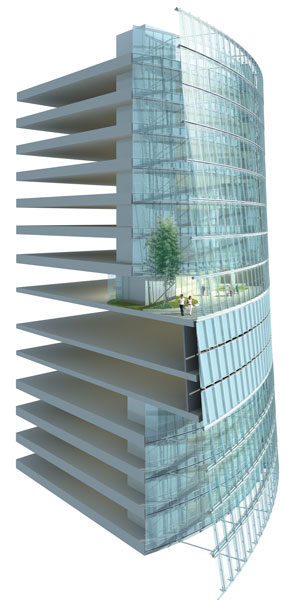
A full rundown of our solutions are available online at our Sustainable Design microsite at autodesk.com/green.
A couple examples of notable projects where our software has been used to achieve significant sustainability objectives include the soon-to-be-completed world's second-tallest building, the Shanghai Tower, where our BIM and building performance analysis tools resulted in a 120-degree twisting design that reduced construction materials (steel, concrete, glass) by 32% and includes wind turbines at the top that will generate 350,000 kWh of supplementary electricity per year. The building's double-layered insulating glass skin creates ventilated atriums that naturally conserve energy by moderating the atrium's air temperature.
Another example is the NASA Sustainability Base in California's Silicon Valley. The building's design challenges included a complex radial geometry, an innovative steel-frame exoskeleton, and numerous eco-friendly features, such as geothermal wells, natural ventilation, high-performance wastewater treatment, and a photovoltaic roof, which will provide 30% of the building's power.
A more local example is by Chandavarkar & Thacker Architects (CnT), an architectural firm based in Bangalore, which used our design software for BIM to develop the 350,000-square-foot Brigade Rubix commercial complex in Bangalore. The design incorporates three interlocking layers consisting of three stories each, with the middle layer twisted 45 degrees. The structure also features a green roof on the middle layer that doubles as a neighborhood park.

From Autodesk perspective, please brief us about Green buildings concept, its benefits, cost and operation?
Green building is a simple concept: a building should have a responsible relationship to the environment. In its construction and operation, it should use land and resources (like materials, water and energy) as conservatively as possible, and should produce minimum carbon dioxide.
There is really a concern that a green building has higher first costs (from design through construction) but this is rapidly becoming mythology rather than fact. Architects and engineers are increasingly sophisticated in green design methods, and as suppliers and builders construct more buildings an economy of scale becomes available that actually reduces the project cost.
While the infrastructure to build green may be more expensive but when one considers the lifetime cost of a building—including its many years of operation using far less water and energy—that green building is likely less expensive than its non-green counterpart. Hence, investments pay for themselves during building operation. For example, an energy efficient air conditioning system may have a higher first cost, but it will operate for many years using far less electricity, paying for itself many times over during its lifetime.
What is the current status of availability of green products and their costs?
As far as availability of green products is concerned, it is highly dependent on the particular building market. In the US where green building is becoming the norm, green products are widely available and competitively priced. This will no doubt be the case in India very soon as both market demand and the globalization of the building product supply chain makes green materials accessible more broadly.
Cost is not the most important consideration, and when society (building clients, designers, and builders) realizes that destroying the environment in order to save a small amount of money on a building no longer makes sense, everyone will invest in sustainability.
What has been the role of government in shaping green building environment?
Since the building industry is not well organized—means it is consisted of many firms that neither work together often nor are centrally controlled—government plays two very important roles in driving green building. First, from a policy perspective, when government decides to create incentives for green building, many other clients follow the lead. And those policies may have specific benefits. Second, since the government entities, particularly local building departments, are gateways to the construction process through permitting, and connecting green design to permitting is a very strong incentive to design and build sustainably. For example, some jurisdictions started by moving any green project building permit application to the front of the review queue, speeding its progress relative to non-green projects. Now many of those same places—almost 100 in the U.S. today—are require is LEED certification before the permission granted. This will drive green building even further.
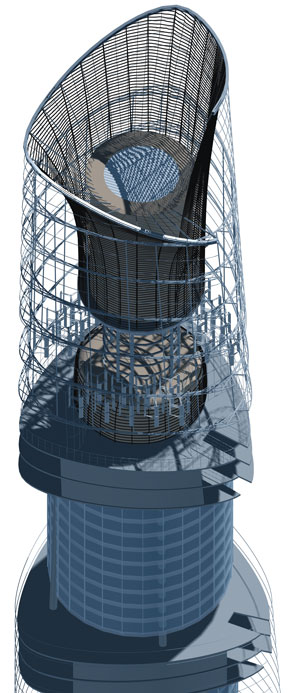
I liken sustainable building performance to life safety, which was relatively a new concept several decades ago. Including life safety provisions in building—exit hardware, proper fire protection, emergency lighting—is considered an obligation of a building today and nobody asks "how can the costs be more acceptable." We must build sustainably to preserve the planet, and the ideas above will bring costs down. But soon green and safe will be equal objectives and part of basic project cost.
In my opinion, sustainable design and construction is still considered "desirable but optional" in many places. Years ago, this same attitude applied to life safety in buildings; it was "nice, but not legally required" to make a building safe to occupy and protected from fire and earthquake. But much as those sorts of safety requirements are not optional in modern building environments today, within the decade most projects will be designed with sustainable performance as a matter of course; it will no longer be considered "special."
Some places, like the United Kingdom, have already set targets for 2020 or 2025 for such goals where all building would be green and/or net-zero. You can see the emergence of these ideas today in many places that require green building in some form, with emerging requirements for energy and water conservation, material re-use, etc., but not just as a design assertion but in actual, measured building performance. In a decade, buildings will measure and report—through computational models and building sensors—just how well they are doing against performance goals set during design. And this will be the norm.
Anything more you want to share with our readers?
Since we strongly believe so strongly in sustainable design as a future necessity, in September – after two years of development -- we launched the Autodesk Building Performance Analysis (BPA) Certificate Program for architecture and engineering students. Adding to our existing set of resources and curricula for sustainable design, it's a free online course that teaches necessary building science fundamentals for designing high performance buildings through self-paced online tutorials, quizzes and Autodesk software exercises. Autodesk's BPA Certificate Program is complementary to LEED accreditation and gives students the skills they likely haven't learnt and helps them gain a competitive edge in the job marketplace.
Again the course is free and it's open to students around the world. We hope this kind of effort, along with the tools we build and the efforts of others in the industry, will help sustainable building and infrastructure design and construction become the norm in India and around the globe.






